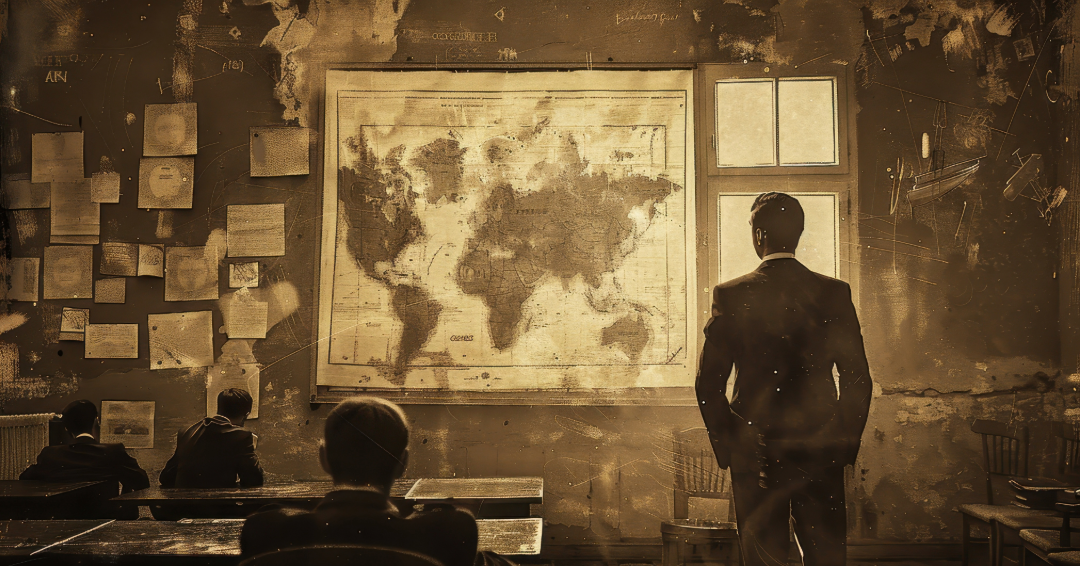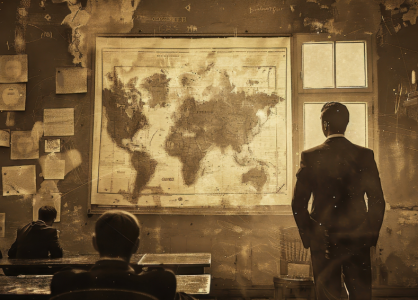When the world shifts, so do the things we hold onto. Crises—whether global wars, pandemics, or political upheavals—don’t just reshape societies; they spark waves of cultural preservation. These periods of turmoil often create artifacts that, over time, become highly sought-after collectibles.
From World War II ration books to 9/11 newspapers, from Black Lives Matter protest posters to COVID-19 face masks, these items tell the story of resilience, transformation, and memory. At Collectiblepedia, we believe that these physical and digital remnants of history carry not just value, but deep meaning.
🔍 The Role of Crisis in Creating Collectibles
Throughout history, collectors have gravitated toward items that capture emotion, defiance, or collective experience. Here’s how different crises have shaped what people collect:
🪖 World War Memorabilia
From soldiers’ letters and propaganda posters to ration cards and victory medals, the World Wars generated an enormous category of collectibles. These items serve as both personal family heirlooms and global historical documentation. See more at the National Archives’ Crisis Memorabilia collection.
📰 9/11 and Post-Terrorism Culture
Limited edition newspapers, memorial badges, and NYPD/FDNY tribute items surged after the September 11 attacks, becoming symbols of unity and remembrance.
🩺 COVID-19 Artifacts
At the height of the pandemic, people began saving branded face masks, lockdown signs, and even vaccine cards. Institutions like the Smithsonian Museum began curating COVID-19 artifacts as part of a broader push to document modern crises in real time.
✊🏾 Political Movements & Protests
Posters, flags, zines, and even graffiti documentation from major movements—like the Arab Spring, Hong Kong Protests, and BLM—are increasingly collected as preserved voices of dissent and change.
📈 Why Crisis-Driven Collectibles Matter
- Emotional Significance: Items tied to collective trauma or resilience often resonate deeply with those who lived through them.
- Rarity & Context: Many crisis-related objects are limited in production or saved spontaneously, increasing their uniqueness.
- Cultural Value: These pieces often mark turning points in politics, healthcare, or civil rights—and help future generations understand the emotional reality of those times.
- Investment Potential: As public memory fades, the physical remnants often gain both historical and monetary value.
🧭 How Collectiblepedia Captures Crisis-Era History
At Collectiblepedia, we curate, document, and provide insight into crisis-linked collectibles by:
- 📚 Maintaining categorized entries on war memorabilia, protest items, pandemic-era objects, and more
- 🌍 Supporting multilingual and multicultural entries to ensure a global perspective on crisis preservation
- 🧠 Helping collectors distinguish between authentic and replica items with provenance tips and valuation guides
- 🧾 Encouraging community contributions to help build a living, crowd-sourced archive of collective memory
These entries aren’t just about possessions—they’re about preserving human experience.
💬 As one collector noted, “Saving these pieces isn’t about nostalgia—it’s about reminding ourselves of what we survived, and what we stood for.”
📌 Whether you own a ration card, a protest banner, or a COVID-themed postcard, your object could be a key piece of our shared history.
🟢 CTA: Turn history into heritage. Explore Collectiblepedia’s evolving archive today at Collectiblepedia.com
📷💥 Every object tells a story—yours might just be the one history remembers.

